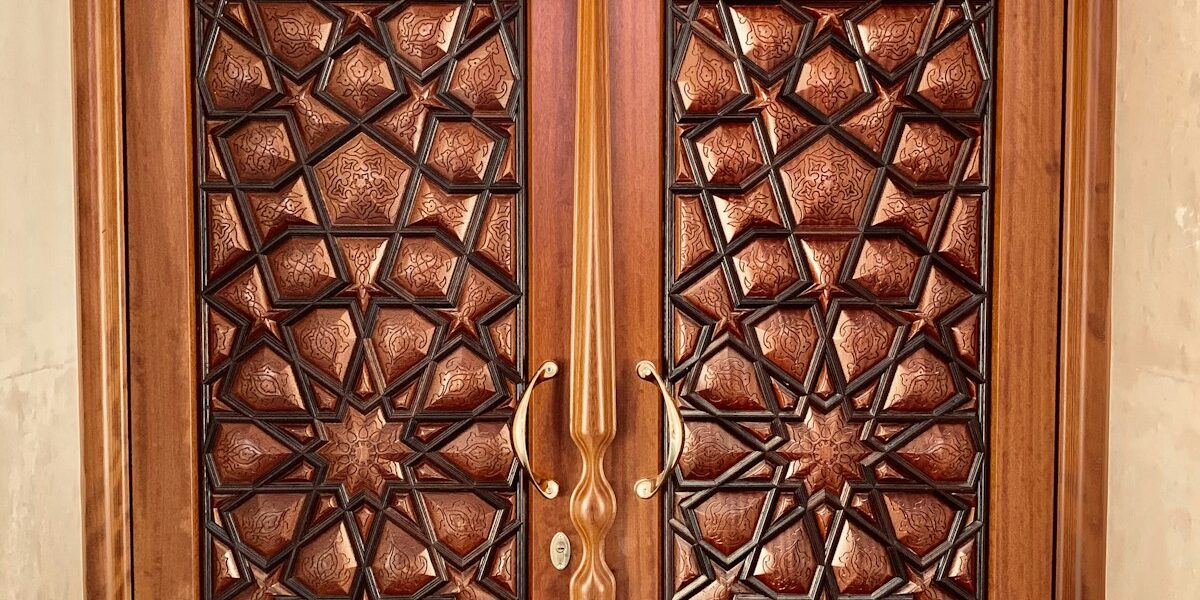The Evolution and Impact of Old Windows
Windows were once simple openings in walls. They allowed light and air to enter spaces. Early versions were often mere openings with no covering. As societies developed, coverings evolved. They offered more than utility. Glass windows appeared as early as Roman times. They began as luxury items used by the wealthy.

The Development of Glass Windows
The first glass windows were rudimentary. Roman glass made from sand and soda was difficult to produce. It was costly and only available to the affluent. By the time of the Roman Empire, glass production had improved. This allowed more people to afford small panes of glass. These windows were often mounted in wooden frames.
During the Middle Ages, stained glass became prominent. Most commonly seen in cathedrals, they served both decorative and instructional purposes. Stained glass told religious stories to a largely illiterate populace. In residences, glass remained rare. Leaded small glass panes became a common sight in medieval Europe. They were called “quarries.”
Architectural Impact and Changes
The architectural design of windows changed with advancements in building materials. The Renaissance period saw the introduction of larger windows. These windows aligned with changes in domestic architecture. Builders used iron and later steel to support larger panes. This era marked a shift from substantial walls to a focus on light and view.
Windows in the Industrial Revolution
The Industrial Revolution brought mass production. Window glass became widely available and affordable. Factories pushed the boundaries of size and scale. Advances in manufacturing meant glass was smoother and more transparent. Window design diversified to include sash windows and casements. These were more practical and could accommodate larger openings.
- Sash Windows: Open vertically, allowing air circulation while maintaining safety.
- Casement Windows: Hinged at the side, they can swing in or out.
- Bay Windows: Extending outward from a wall, creating a small alcove.
Technological Advancements in the 20th Century
With the 20th century came immense technological progress. Windows became more than just aesthetic components. They factored into energy efficiency. Double-glazing emerged. This method improved insulation significantly. It became a standard in colder climates.
Materials also evolved. Wood, once the primary frame material, faced competition. Aluminum and vinyl became popular. They offered durability and less maintenance. These materials also allowed for thinner frames, offering more unobstructed views.
The Impact of Energy Concerns
As energy efficiency became a focus, windows played a crucial role. Advances in coatings and gas-filled panes reduced energy consumption. Low-emissivity (Low-E) coatings were developed to reduce heat transfer. Windows could now reflect heat while allowing visible light.
- Argon or Krypton Gas: Filled between panes to improve insulation.
- Low-E Coatings: Minimize UV and infrared light without reducing visible light.
Windows as a Design Statement
Old windows evolved from functional necessities to design statements. They often define a building’s character. Historical buildings preserve certain window styles due to their architectural importance. Windows like Georgian sash or Victorian bay are still admired and recreated in modern architecture.
Renaissance and Baroque styles favored ornate designs. While Modernism ushered simplicity and large panes. Today, the choice of windows reflects more than utility. It mirrors personal style and environmental considerations.
Restoration and Preservation
Old windows hold historical significance. Preserving them involves balancing aesthetics and functionality. Many restoration projects focus on retaining original structures. They employ techniques to enhance energy efficiency without altering the appearance.
- Draught Proofing: Prevents air leaks while preserving the original frame.
- Secondary Glazing: Adds an extra pane internally without altering the external look.
The Future of Windows
The future of windows promises further advancements. Smart glass technology is emerging. This innovation allows for the adjustment of transparency based on light conditions. It offers privacy without curtains or blinds.
Windows are also set to play a role in solar energy generation. Photovoltaic glazing transforms windows into sources of electricity. We move towards a future where windows contribute to building energy needs.
Old windows have shaped not just architecture, but also how we experience space and light. They reflect technological progress and aesthetic trends throughout history. The future holds promise for continued innovation, retaining an essential part of our built environment identity.




Subscribe for Updates
Get the latest articles delivered to your inbox.
We respect your privacy. Unsubscribe anytime.